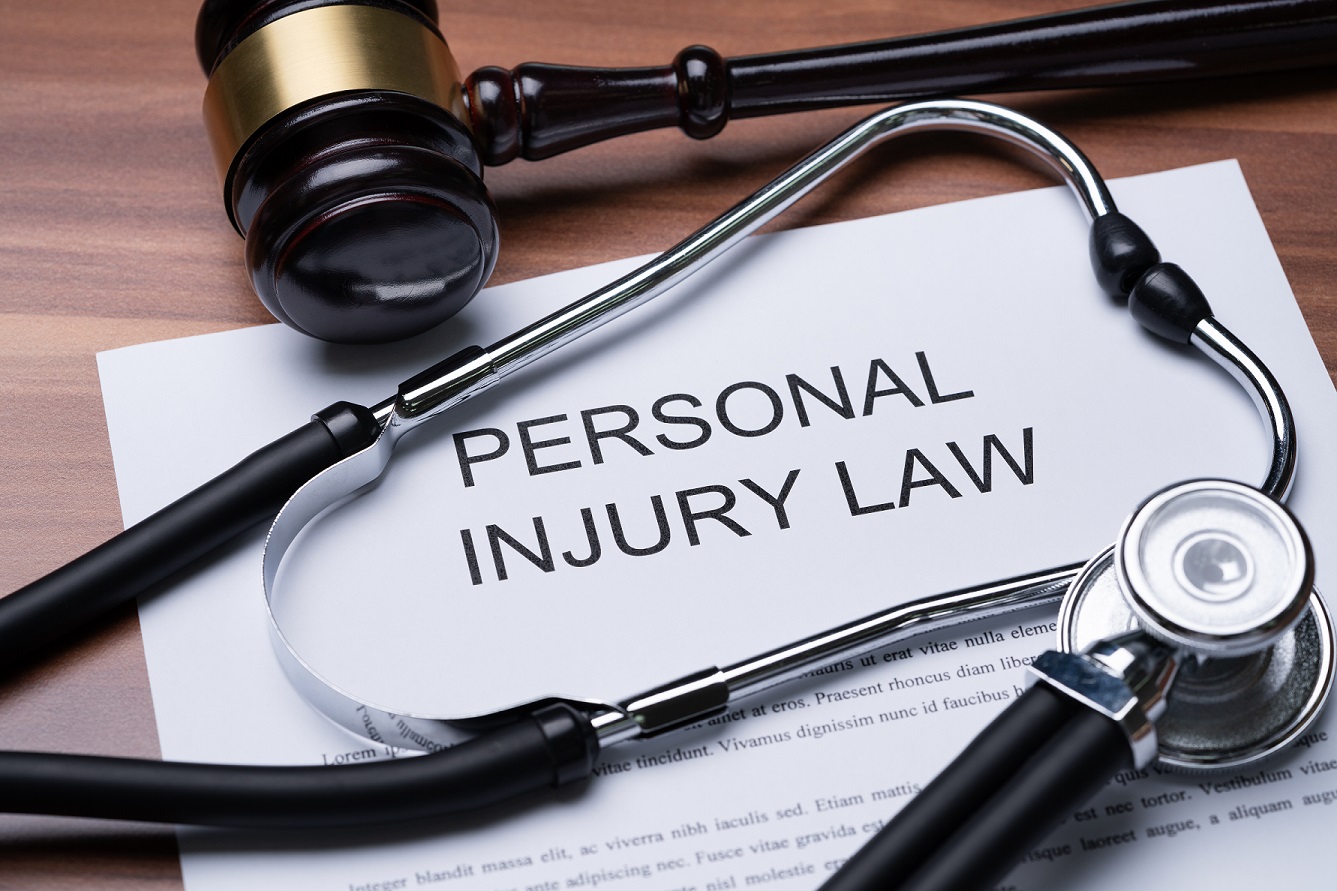Contents of this Post
ToggleManassas, Virginia, is a dynamic city with a rich history, offering a blend of suburban living and a strong sense of community. As its local economy grows and traffic continues to increase, residents and visitors alike often find themselves navigating busy roads. Unfortunately, accidents can happen at any time, and when they do, individuals can face physical, emotional, and financial burdens that can significantly disrupt their lives. Whether it’s a car accident, slip-and-fall incident, or workplace injury, the aftermath of a personal injury is often overwhelming.
For those seeking justice and compensation, understanding liability plays a critical role in these cases. Proving who is at fault and establishing responsibility can be complex, but it is vital for securing the appropriate compensation for damages and suffering. A Manassas personal injury lawyer can help guide victims through the process of determining fault, whether it involves negligence, intentional misconduct, or strict liability. By analyzing the details of the accident and gathering necessary evidence, these legal professionals ensure that individuals can focus on their recovery while advocating for their rights. With the right support, victims can navigate the legal complexities and pursue the compensation they deserve after an injury.
Defining Liability
Liability involves the obligation a person has for their actions or lack thereof in personal injury situations. The key concern here is determining whether someone did or did not exercise a reasonable amount of care, which caused harm to another person. Proving negligence or intentional misconduct is typically required to determine liability in personal injury cases.
Negligence: A Common Ground
Negligence is a major factor in personal injury lawsuits where an individual fails to meet the expected standard of care that a reasonable person would uphold in comparable situations. This oversight can result in accidents or injuries that trigger legal action. To demonstrate negligence, the harmed party must confirm four components: duty, breach of duty, causation, and the resulting damages.
Duty and Breach
Every person or organization has a responsibility to ensure the safety and well-being of others around them by taking measures to avoid harm-causing actions. Negligence or a lack of caution in their conduct and decision-making processes can prove costly for them as well as their victims.
Causation and Damages
Linking a breach of duty directly to the injury sustained involves proving causation in legal terms. There are two types—factual and proximate causation—to consider. Factual causation necessitates proving that the injury would not have taken place if the breach had not occurred. Proximate causation examines whether the harm was a consequence of the breach. Damages refer to the losses experienced by the injured party and encompass medical costs incurred, loss of income due to an inability to work, and pain endured as a result of the incident.
Intentional Torts
Personal injury lawsuits aren’t always about negligence. Some cases also focus on wrongdoing, where harm is inflicted on purpose by the party involved in the incident. The individual who was harmed needs to demonstrate that the person responsible had the intention of causing harm. Examples of such cases include assault, battery, and false imprisonment.
Strict Liability: A Unique Aspect
In situations where fault or negligence is not required to determine liability, strict liability rules come into play. This is frequently seen when it comes to activities that are inherently risky or products that are defective. In these scenarios, the party at fault can be held accountable regardless of their intentions or level of caution.
Comparative and Contributory Negligence
There are situations where both parties are considered responsible for an injury. Comparative negligence enables the injured party to receive compensation even if they are partially responsible. The total amount awarded is lowered depending on their level of responsibility. On the other hand, contributory negligence practices in some areas prevent any recovery if the plaintiff is deemed to be at fault to any extent.
Vicarious Liability
Employers can also be held accountable for the actions of their employees through vicarious liability, where they may face responsibility for any acts performed by their employees while on duty. It guarantees that individuals harmed by negligent acts have a chance to receive compensation from those capable of providing it, no matter what.
Role of Insurance
Insurance is crucial in personal injury lawsuits as it helps cover damages caused by negligence through liability insurance typically held by individuals and businesses. Knowing the terms of the policy and any limitations or exceptions can greatly affect how a case unfolds. Negotiating with insurance firms demands strong negotiation skills to secure compensation fairly.
Legal Assistance
Dealing with personal injury claims can be quite tricky without the help of an advisor by your side. Lawyers who focus on such matters provide crucial assistance by explaining rights and choices to individuals. Their involvement ranges from collecting evidence to working out agreements and is essential in ensuring that fair resolutions are reached.
In Closing
Having a good grasp of liability in personal injury cases is crucial for individuals either engaged in or considering legal proceedings. Identifying elements like negligence and intentional wrongdoing, as well as strict and vicarious liability, is key to understanding the legal process. With this understanding at hand, people can effectively maneuver through the intricacies of injury lawsuits to achieve righteous outcomes.

